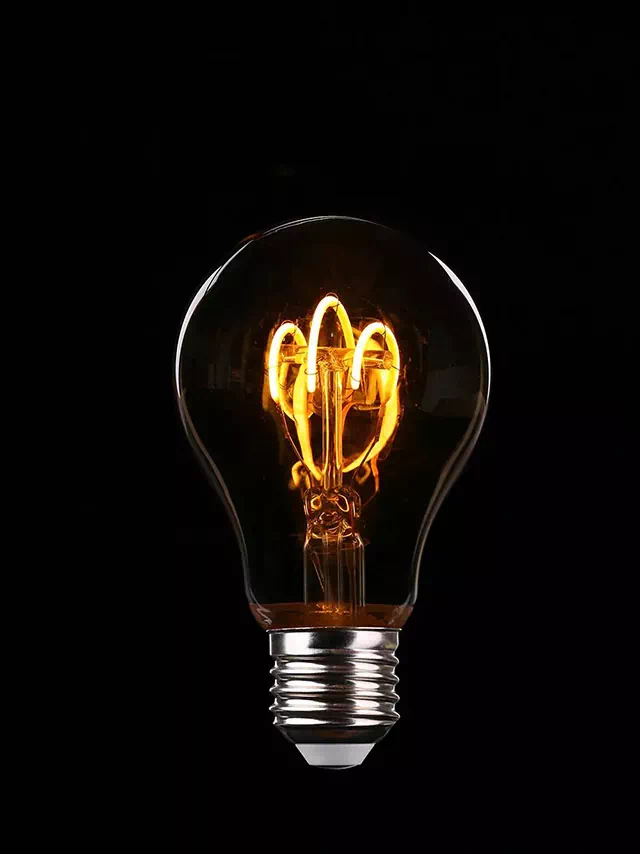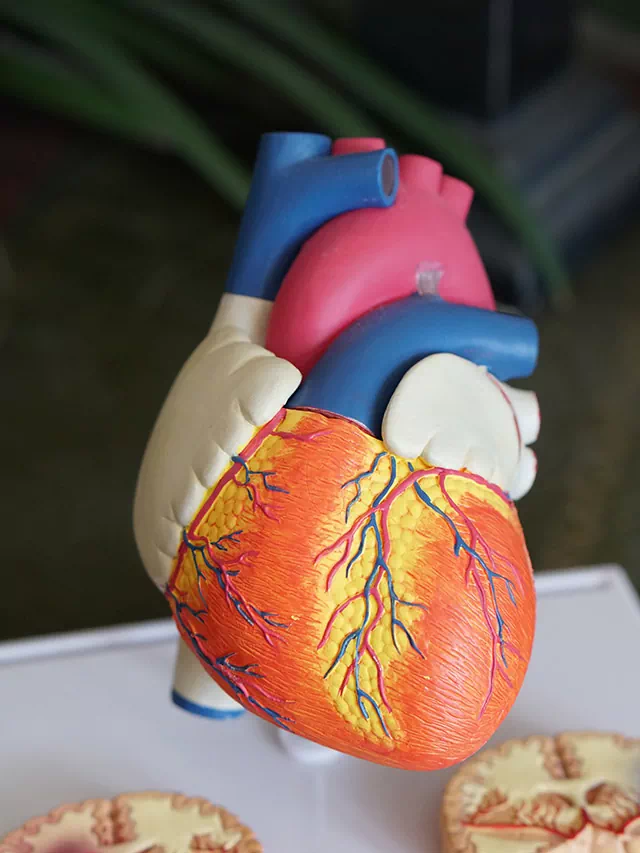Light is the fastest known phenomenon and its speed is a constant in a vacuum. Light can be described as both a particle and a wave, and this wave-particle duality was one of the key pieces of evidence that led to the development of quantum mechanics. Light plays a crucial role in our daily lives, as it allows us to see and understand the world around us. It also has many practical applications, including in communication technology, medical imaging, and renewable energy. The study of light has been a central focus of physics and other sciences for centuries, and continues to be a source of new discoveries and advancements today.
FACTS ABOUT LIGHT
- The study of light is known as Optics.
- Light is made up of energy and it travels in a straight line.
- Light travels very very fast. The speed of light in space is approximately 300 million meters per second.
- Sunlight takes an average of 8 minutes and 20 seconds to reach the earth.
- Light travels faster than sound. That’s why you see lightning before you hear thunder strike.
- Fireflies and glow worms emit their own light. This ability is called bioluminescence.
- The speed of light changes when traveling through different objects.
- Objects in light’s path cause light to either bend, refract or get absorbed.
- Shadows are formed when objects block the pathway of bright light.
- Light beams are made of zillions of tiny packets of light, streaming through the air. These discrete packets of energy are called photons.
- Depending on the amount of energy released, the photon will be of different frequencies and therefore colors.
- Of all the forms of radiation and light on the electromagnetic spectrum, humans can only see a small range of light called visible light.
- Visible light makes up less than one ten-billionth of the electromagnetic spectrum, which stretches from radio waves to gamma rays.
- The lowest frequency of color humans can detect on the electromagnetic spectrum is red.
- Violet is the highest frequency of color humans can detect on the electromagnetic spectrum.
- The spectrum of colors visible to insects is a little higher in frequency than what we humans can see.
- UV lights are often used by forensic scientists to see details that are not seen by the naked eye.
- Although humans cannot see UV light, some insects have the ability to see it.
- Plants use energy from sunlight to produce their own food in a process called photosynthesis.
- Some species of birds use ultraviolet markings to differentiate between males and females.
- Light energy travels in waveforms.
- Light energy is also a type of kinetic energy because it involves the motion of particles.
- Butterflies are thought to have the widest visual range of any animal.
- Traveling at the speed of light, you could go around Earth 7.5 times in a second.
- Blue lights have a calming effect on human beings. In countries such as Japan and Scotland, the streetlights switch to blue at night. This has resulted in lowered cases of crime and suicide.
- Light energy is always moving and can therefore not be stored.
- Isaac Newton discovered that when light passes through a prism, it disperses into different colors. These colors are abbreviated as ROYGBIV (red, orange, yellow, green, blue, indigo, violet).
- Reindeers rely on UV light to spot lichens that they can eat. According to an article in New Scientist, this adaptation occurred in response to their migration to Arctic regions over 10,000 years ago.
- The “golden hour” just after sunrise and before sunset, produces the prettiest shadows and colors for photographs.
- Some objects appear colored. They reflect certain colors of white light and absorb the other colors. The light reflected in the eye is the color you see.




